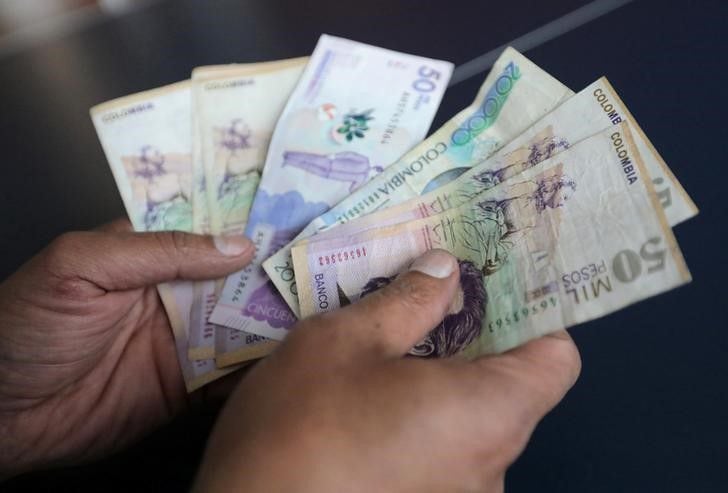
Juan Daniel Oviedo, director of the National Administrative Department of Statistics (DANE), released the figures of what has been an increase in Colombia's economy during January of this year. This information is based on the numbers of 2021 as of the same date.
The state entity reported on the activities that most contributed to economic growth, highlighting transport and storage, trade, accommodation and food services, classified as third parties, which accounted for 6.3% of the 7.8% points recorded in the increase in the Colombian economy.
However, although the figures give an air of improvement, January 2022 compared to December 2021 decreased 2.2 points, a usual correction due to the dismantling of business during the Christmas season.
Meanwhile, some activities such as financial and insurance were affected with a decrease of 28.6%, also taking January 2021 as a reference and up to a little more than 25% compared to 2020.
“This is due to the last payment of the compensation associated with the Hidroituango project,” commented the entity's director.
This Friday, the results of the ISE Indicator of Economic Monitoring were presented through a press conference led by director Oviedo. There also stood out the artistic, cultural and entertainment activities grew.
According to the head of DANE, this was due to the flexibility given to biosecurity measures in relation to Covid-19 and its various measures so far this year in the different spaces and events that take place in the country, which includes greater capacity in bars, restaurants, recreation and sports venues, as well as outdoor venues where concerts are held.

“This is a contribution to the effect of the lifting of mobility and capacity restrictions that were affecting the reactivation of artistic and entertainment activities,” commented Juan Daniel Oviedo.
Meanwhile, in the monthly variation that was -2.2%, DANE assures that it was thanks to a decrease in agricultural activity and extraction, which ultimately resulted in a reduction of 0.3% when it stood at 2.7%.
On the other hand, secondary activities such as the production of textiles, food and beverages and everything that has to do with the manufacture of objects based on petroleum, rubber and other materials contributed 1.8% to economic growth in the country, with 12.4 percentage points being the figure within the annual variation presented.
Finally, the director of DANE concludes with the announced growth of the country's economy: “This reflects that the growth of economic activity and employment in January widened its growth gap, an element that must be taken into account in the dynamics of economic recovery and employment”.
The weighted values of each of the activities were thus according to their increase: primary (12.8%), secondary (17.4%) and tertiary (69.8%) activities, according to the report of the national statistical entity.
KEEP READING:
Últimas Noticias
Debanhi Escobar: they secured the motel where she was found lifeless in a cistern

The oldest person in the world died at the age of 119

Macabre find in CDMX: they left a body bagged and tied in a taxi
The eagles of America will face Manchester City in a duel of legends. Here are the details

Why is it good to bring dogs out to know the world when they are puppies




